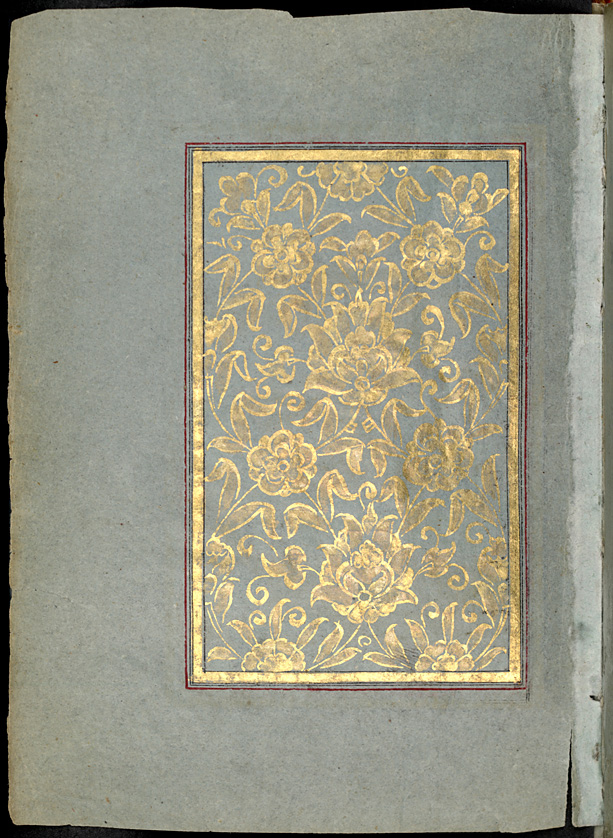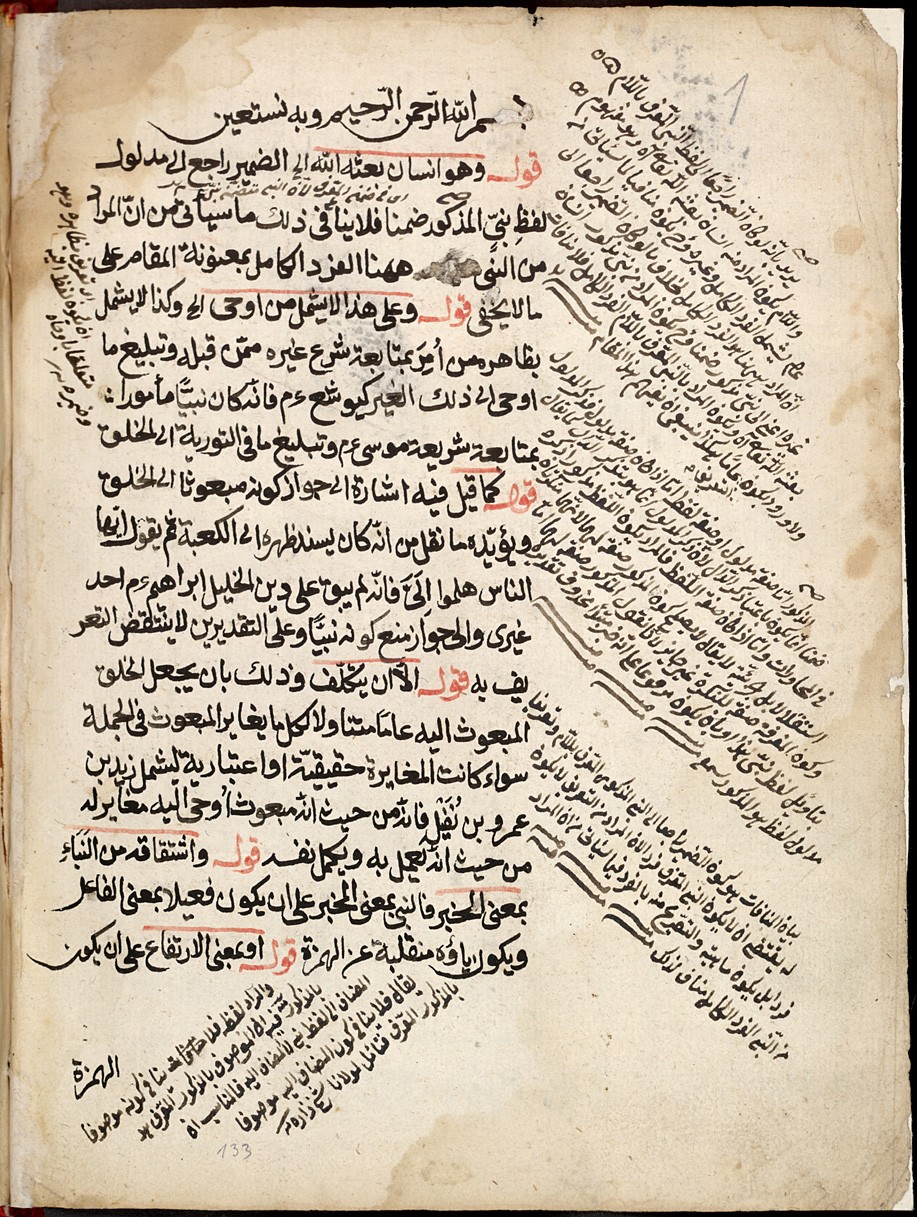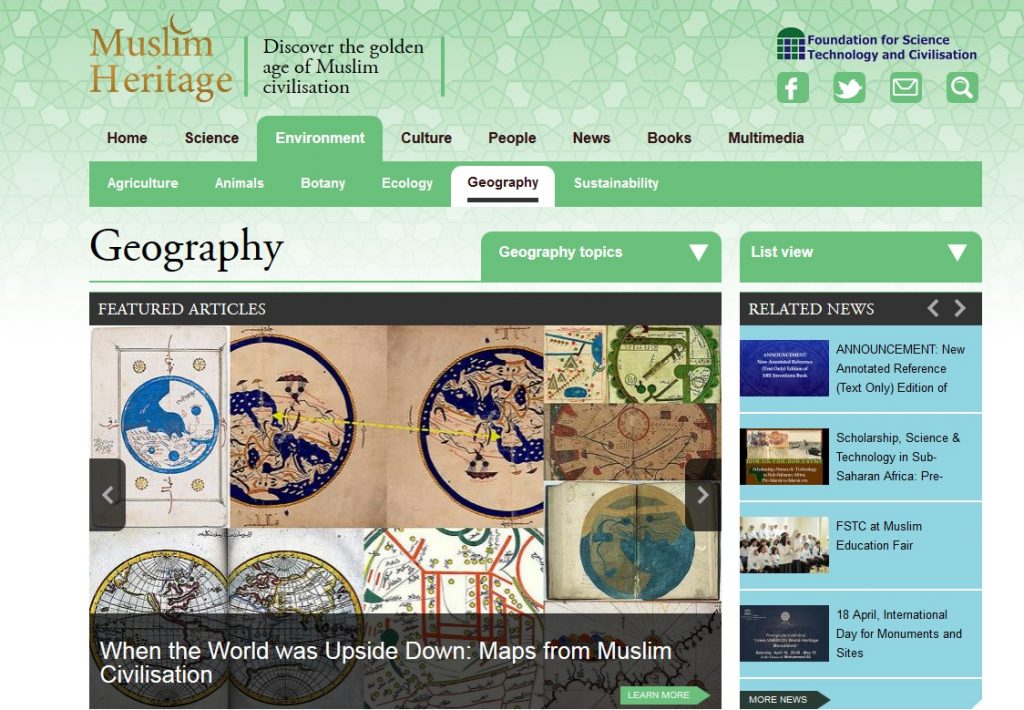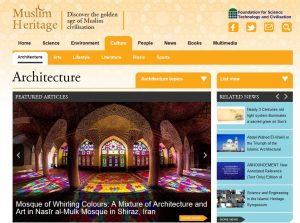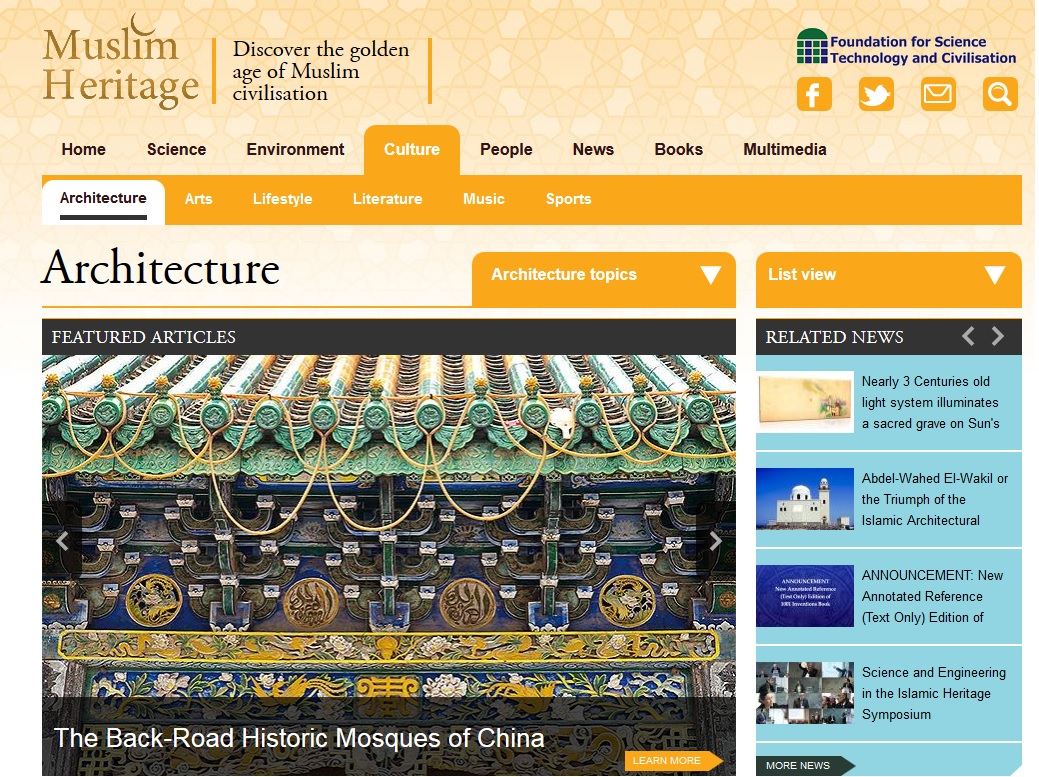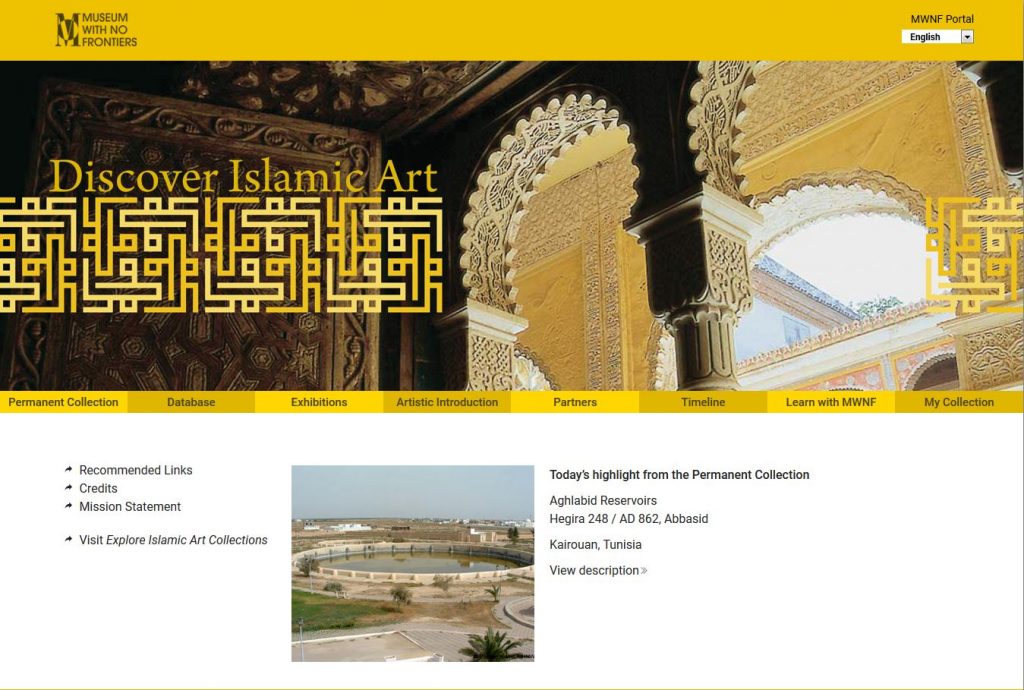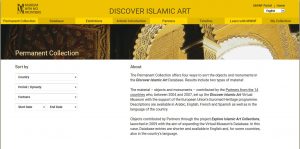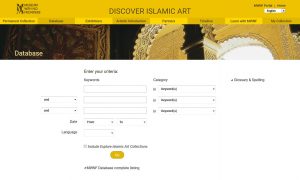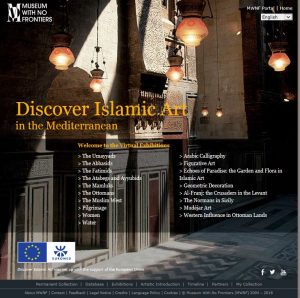
Damascus Room, Syria, Damascus, 1766-67/ AH 1180, Wood (poplar) with gesso relief, copper and tin leaf, glazes and paint, plaster with stone paste inlays, and multicolored stones; installation (approx) 240 x 180 x 144 in.© Museum Associates/LACMA
The story began in the fall and early winter of 2011-12, when Linda Komaroff, Curator and Department Head at the Los Angeles County Museum of Art (LACMA), decided to pursue an acquisition of a period room from eighteenth-century Damascus, Syria. Komaroff is one of the people who makes LACMA a very unique institution. In Unframed post titled Preserving Small Piece of Damascus, Komaroff describes the new acquisition:
The Damascus Room came to signify more than the unique opportunity to acquire a rare work of art that would become a destination for museum visitors but the very embodiment of what LACMA is as an encyclopedic art museum. Although the room was removed from Syria nearly thirty-five years ago, the notion that we would be helping to preserve a small part of the cultural history of one of the world’s oldest, continuously occupied cities, intensified my interest in bringing the room to Los Angeles so that its story can be told and appreciated in this twenty-first-century city.
The room was dissembled in 1978 from one of the courtyard houses located in the al- Bahsa district, which was later demolished in order to accommodate the growth of the city of Damascus. The room was then exported from Syria to Beirut, Lebanon where it remained in storage for over 30 years. It somehow made its way to a London warehouse where it was found by Komaroff. Although the room was maintained in its original state, some restoration was required and an armature was created to make the room self-supporting so that it could be installed in an already-existing space or reinstalled elsewhere. Komaroff describes the Damascus Room thusly:
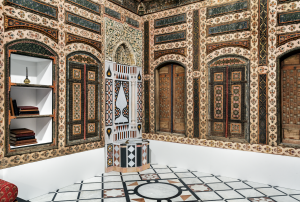
Damascus Room, Syria, Damascus, 1766-67/ AH 1180. © Museum Associates/LACMA
It has multicolored inlaid stone floors, painted wood walls, elaborate cupboard doors and storage niches, a spectacular arch with plaster voussoirs decorated with colored inlays that served to divide the room into upper and lower sections separated by a single tall step; and an intricately inlaid stone wall fountain with a carved and painted hood. The painted wood surfaces are embellished with a particular type of relief decoration known in Arabic as al-‘ajami (“meaning non-Arab or foreign”) or as pastiglia in the West.
The restoration work was undertaken in collaboration with Saudi Aramco’s King Abdulaziz Center for World Culture and with the support provided by the Friends of Heritage Preservation, LACMA. The reassembling of the Damascus Room was a two-year project completed in December 2015. The room was on display at the King Abdulaziz Center for World Culture, Dhahran, Saudi Arabia from 2016–2018 and will be returned to Los Angeles to tell its story to a new audience.The reconstruction of the Damascus Room has been one of the Linda Komaroff’s curatorial career:
Being in the room is a joy; it exudes a kind of beauty, warmth and comfort, which is in keeping with its original function as a place for welcoming guests. But that joy is tempered by the sadness of the continuing deterioration of daily life in Syria, the diaspora of its citizens, and the destruction of its historic monuments. For now, the room must play one more role as a preserver of memories of Syria, as so beautifully expressed by the Syrian-American hip-hop artist and poet Omar Offendum, whose performance* was recorded in the room.
* Video attribution: www.lacma.org
